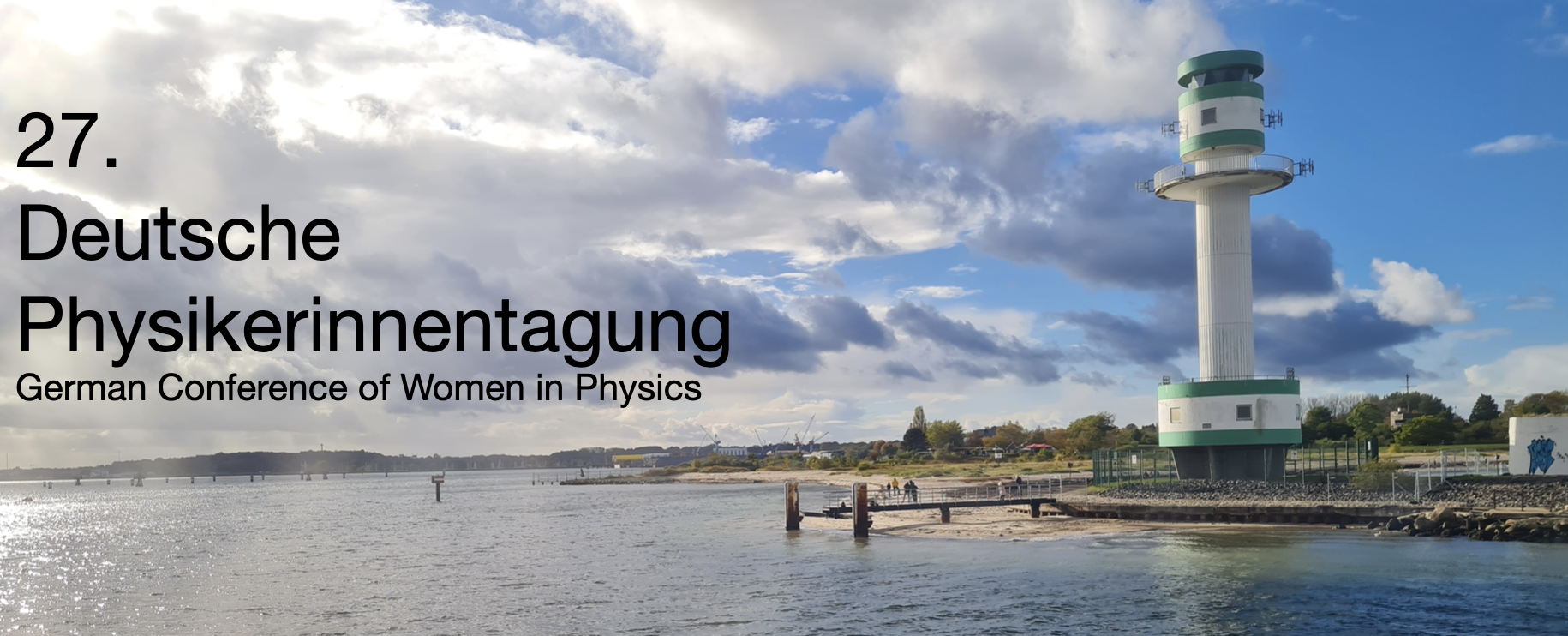Speaker
Description
Quantum sensing allows for the highly sensitive detection of physical and chemically relevant quantities such as local magnetic fields or the presence of paramagnetic molecules, while also providing spatial resolution on the nanometer scale. A particularly powerful platform for such measurements is provided by nitrogen-vacancy (NV) centers in diamond. These consist of a nitrogen atom adjacent to a lattice vacancy within the diamond crystal structure and form an electronic spin system that can be optically initialized, read out, and coherently manipulated. Due to their long spin relaxation times at room temperature and their high sensitivity to magnetic fluctuations, NV centers are especially well suited for nanoscale sensing under realistic ambient conditions.
One well-established technique is T₁ relaxometry, in which the longitudinal spin relaxation time (T₁) of the NV center serves as a sensitive indicator of magnetic fluctuations in the local environment. Such fluctuations arise from unpaired electron spins of paramagnetic species, including free radicals. The characteristic magnetic noise generated by these species leads to a measurable reduction in the T₁ relaxation time. The passive and microwave-free nature of this measurement allows for a sensitive and non-invasive detection of free radicals with nanoscale spatial resolution.
In this study, we demonstrate the detection of this effect using the radical 2,2,6,6-Tetramethylpiperidinyloxyl (TEMPO) and investigate the extent to which these findings can be translated to quantum dot–based systems.

